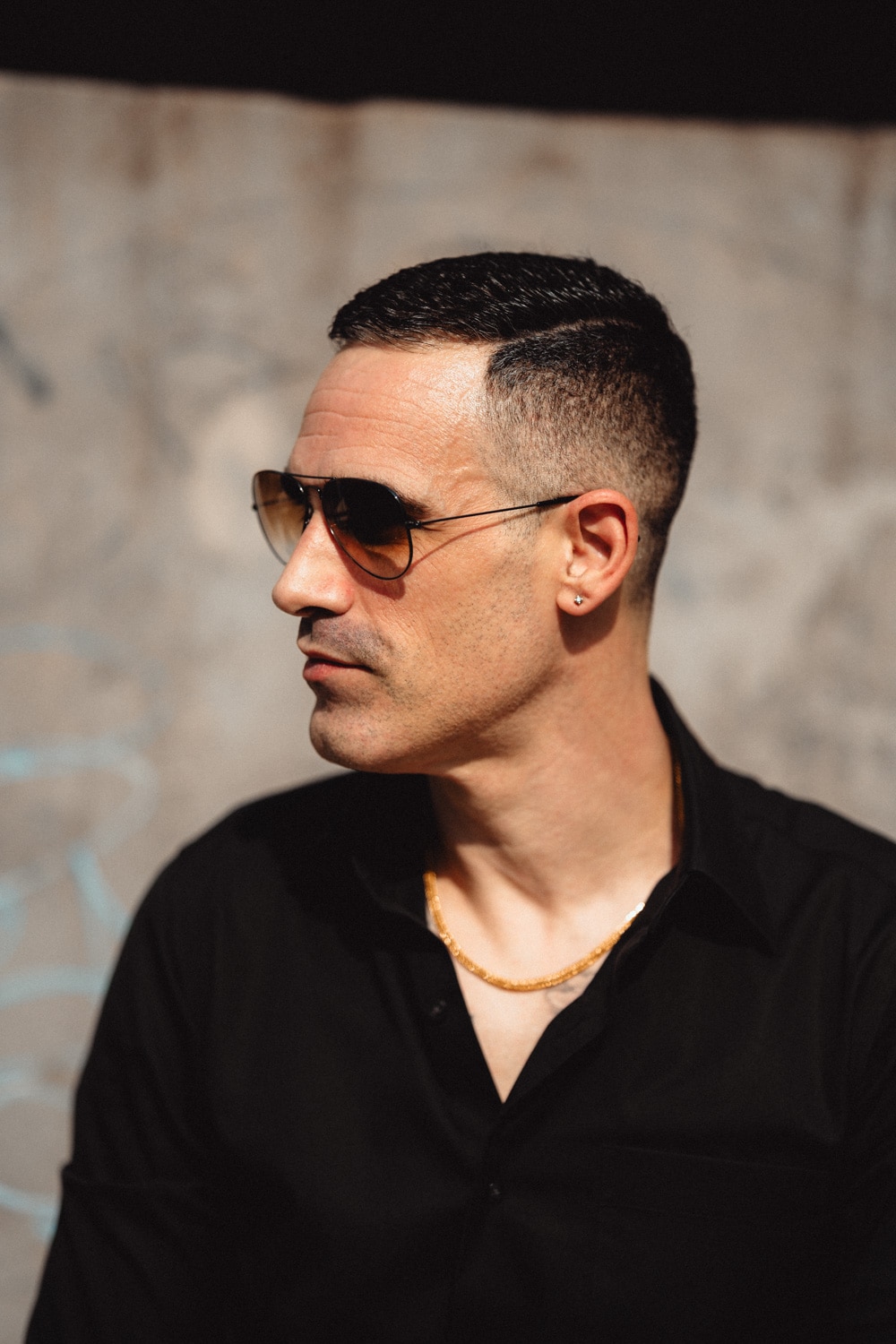The transition between night and day transforms Bangkok into a realm of extraordinary photographic possibilities. In these fleeting moments, when golden light bathes the city in warm hues, Bangkok reveals its most photogenic character. As a portrait photographer specializing in natural light, I’ve discovered that these precious hours offer unparalleled opportunities for creating captivating images that capture both the essence of subjects and the spirit of this dynamic city.
Bangkok’s morning golden hour possesses a distinctive quality unlike any other major city. The combination of tropical atmosphere and urban density creates a unique interplay of light and shadow. As the sun rises over the Chao Phraya River, its first rays filter through the morning mist, creating a natural diffusion that’s impossibly flattering for portraits. During a recent sunrise session at Lumpini Park, this ethereal light transformed a simple portrait of a yoga instructor into something almost painterly, with the morning haze acting as nature’s own softbox.
The city’s numerous parks become magical settings during these golden hours. Benjakiti Park, with its expansive lake and carefully manicured gardens, offers multiple opportunities for capturing portraits bathed in warm, directional light. The reflection of golden hour light off the water creates a natural fill light that illuminates subjects from below, while the landscaping provides perfect framing elements. These conditions require precise timing – arriving even fifteen minutes too late can mean missing the optimal light.
Urban architecture takes on a different character during golden hour, creating dramatic possibilities for environmental portraits. The glass and steel structures of Sathorn and Silom transform into massive reflectors, bouncing warm light in unexpected directions. Recently, while photographing a business executive, we used these reflected golden rays to create a series of portraits where the city itself seemed to embrace the subject. The key lies in understanding how different building materials interact with low-angle sunlight.
Sunset golden hour in Bangkok presents its own unique characteristics. The city’s infamous pollution, while challenging for daily life, creates spectacular light conditions for photography. Particulate matter in the air scatters light in ways that create extraordinary color gradients and atmospheric effects. During an evening session at the Mahanakhon Skywalk, this atmospheric phenomenon helped create portraits where the subject appeared suspended in a golden atmosphere above the city.
The challenge of working during golden hour lies in the rapidly changing light conditions. What works perfectly at one moment might be completely different five minutes later. This requires not only technical expertise but also the ability to work quickly and decisively. When photographing a couple at Asiatique riverfront during sunset, we had to choreograph our shoot carefully, moving between locations to maximize the fleeting golden light while maintaining natural poses and expressions.
Bangkok’s elevated walkways and sky train stations offer unique vantage points for golden hour portraits. These structures provide clear views of the horizon while placing subjects above the street-level chaos. The combination of elevation and golden light creates opportunities for portraits that capture both the individual and their relationship to the urban landscape. The key is finding locations where the infrastructure enhances rather than dominates the composition.
Weather plays a crucial role in golden hour photography in Bangkok. The tropical climate means that perfectly clear skies are rare, but this often works to our advantage. Partial cloud cover can create dramatic light effects as the low sun breaks through gaps in the clouds. Understanding how to read weather patterns and predict these moments has become as important as understanding camera settings.
The city’s traditional architecture provides extraordinary opportunities during golden hour. The ornate details of temples and traditional buildings catch the warm light in ways that create natural frames and accent lighting for portraits. During a session at the Grand Palace complex, we used the golden light reflecting off gilded surfaces to create portraits that connected the subject with Thailand’s cultural heritage while maintaining a contemporary feel.
Timing golden hour sessions requires careful planning and consideration of Bangkok’s seasonal variations. The position and quality of light changes significantly throughout the year, affecting both the duration and character of golden hour. Summer months offer longer golden hours but more intense heat, while winter provides more comfortable temperatures but requires more precise timing. Understanding these seasonal patterns helps in planning sessions that maximize available light while ensuring subject comfort.
The contrast between natural golden light and the city’s artificial illumination creates unique opportunities during the twilight period. As the sun sets and city lights begin to glow, there’s a brief window where these different light sources achieve perfect balance. This moment offers extraordinary possibilities for portraits that capture the energy of Bangkok’s transition from day to night. Mastering these conditions requires understanding not just natural light but also how it interacts with various forms of artificial lighting.
Success in golden hour portrait photography in Bangkok demands more than technical skill – it requires an intimate knowledge of the city’s rhythms and light patterns. Understanding how different locations, weather conditions, and seasons affect the quality and direction of light allows for creating portraits that transcend simple documentation to become artistic statements. These images capture not just the subject but also the magical quality of Bangkok’s golden hours, preserving moments when the city reveals its most beautiful character.


